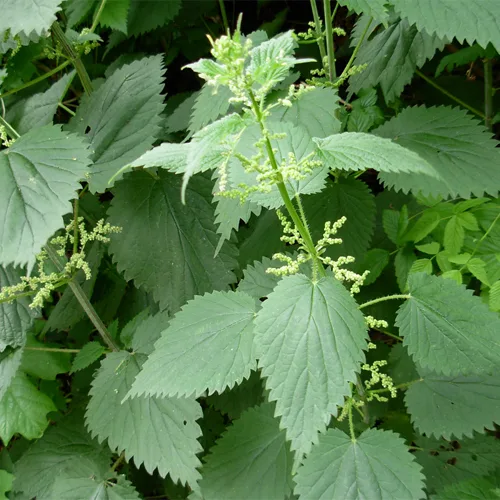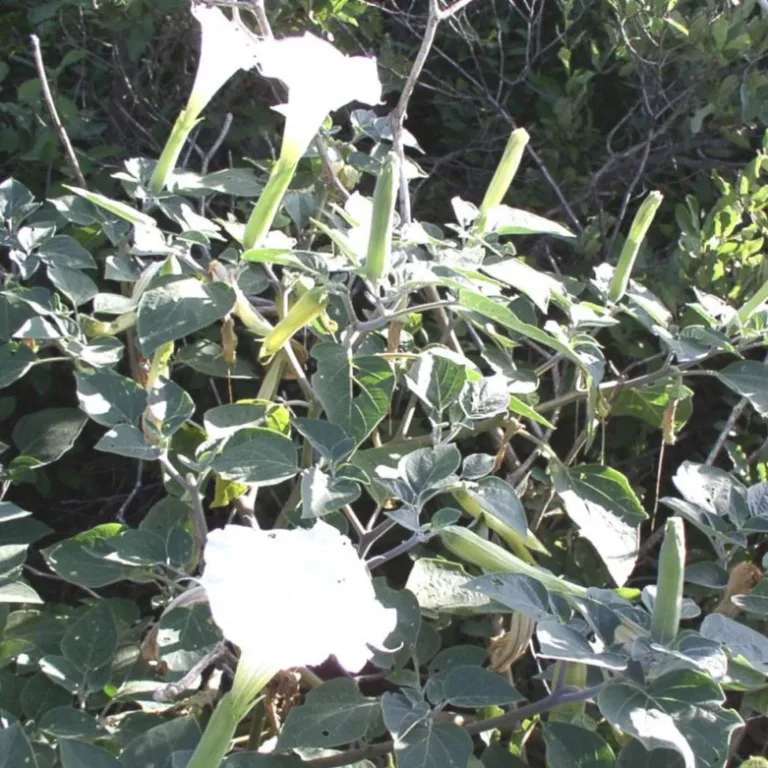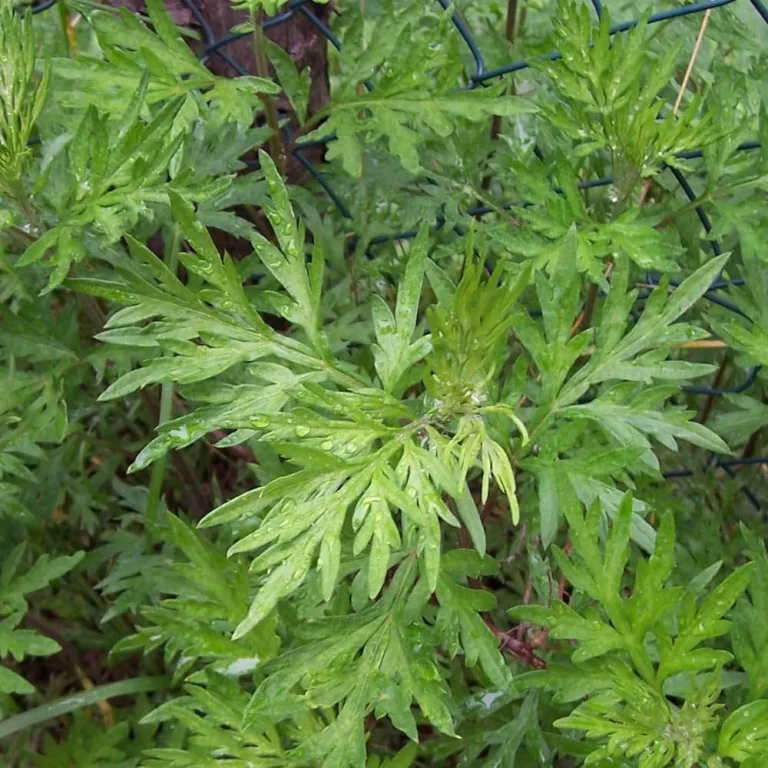Sensitive Plant: The Magical Touch-Me-Not Herb with Healing Benefits
The Sensitive Plant (Mimosa pudica), also known as the “touch-me-not plant,” is famous for its unique ability to fold its leaves when touched. While its movement may seem like a playful feature, this fascinating plant has been used in traditional medicine for centuries. Packed with natural healing properties, the sensitive plant is more than just a botanical curiosity—it’s a powerful herb with numerous benefits.
Let’s explore what makes this plant so special, its uses in natural remedies, and how you can incorporate it into your wellness routine.
What is the Sensitive Plant?
The sensitive plant is a creeping, low-growing herb native to tropical regions. Its ability to “move” when touched is due to rapid changes in water pressure within its cells, a defense mechanism against predators. Beyond its visual appeal, the sensitive plant is a treasure trove of medicinal properties, particularly in Ayurvedic and traditional medicine.
Health Benefits of the Sensitive Plant
- Supports Wound Healing
The sensitive plant has antimicrobial properties that help in treating cuts, wounds, and burns. Its paste is often used as a natural antiseptic. - Reduces Inflammation
With its anti-inflammatory effects, the plant is useful for alleviating joint pain, swelling, and skin irritations. - Promotes Digestive Health
Sensitive plant tea helps soothe the stomach, treat diarrhea, and alleviate digestive issues like ulcers. - Manages Diabetes
Studies suggest that extracts from the sensitive plant may help regulate blood sugar levels, making it beneficial for those managing diabetes. - Calms Anxiety and Insomnia
The plant has mild sedative properties that promote relaxation, reduce anxiety, and improve sleep quality. - Supports Liver Health
Sensitive plant extracts are believed to detoxify the liver, aiding in better liver function and overall health. - Alleviates Respiratory Issues
Its anti-inflammatory and soothing properties make it helpful for conditions like asthma and bronchitis.
How to Use the Sensitive Plant at Home
1. Sensitive Plant Tea for Digestion and Relaxation
- What You Need:
- 1 teaspoon of dried sensitive plant leaves
- 1 cup of boiling water
- Honey or lemon (optional)
- How to Make:
- Add the dried leaves to a cup of boiling water.
- Let it steep for 5-7 minutes, then strain.
- Add honey or lemon for taste.
- Benefits:
This tea helps soothe stomach issues, reduces anxiety, and promotes restful sleep.
2. Sensitive Plant Paste for Wounds and Skin Issues
- What You Need:
- Fresh sensitive plant leaves
- A small amount of water
- How to Make:
- Crush the fresh leaves into a paste using a mortar and pestle.
- Add a small amount of water if needed to create a smooth consistency.
- Apply the paste directly to cuts, wounds, or irritated skin.
- Benefits:
This natural antiseptic paste speeds up wound healing and reduces inflammation.
3. Sensitive Plant Decoction for Joint Pain
- What You Need:
- 1 handful of sensitive plant roots
- 2 cups of water
- How to Make:
- Boil the roots in water until the liquid reduces to half its volume.
- Strain and let it cool.
- Drink the decoction once a day for relief.
- Benefits:
This decoction helps reduce joint pain, inflammation, and swelling.
4. Sensitive Plant Powder for Blood Sugar Management
- What You Need:
- Dried sensitive plant leaves
- A grinder
- How to Make:
- Grind the dried leaves into a fine powder.
- Store the powder in an airtight container.
- Mix 1 teaspoon of the powder in water or milk and consume daily.
- Benefits:
This remedy helps regulate blood sugar levels and supports liver health.
5. Sensitive Plant Bath for Relaxation
- What You Need:
- A handful of fresh or dried sensitive plant leaves
- Warm bathwater
- How to Make:
- Add the leaves to a muslin bag or cheesecloth and place it in your bathwater.
- Let the leaves steep for 10-15 minutes before soaking in the bath.
- Benefits:
This soothing bath reduces stress, calms the body, and alleviates skin irritations.
6. Sensitive Plant Gargle for Sore Throat
- What You Need:
- 1 cup of sensitive plant decoction (see recipe above)
- How to Make:
- Prepare a decoction using sensitive plant roots.
- Allow it to cool slightly and use it as a gargle.
- Benefits:
This remedy reduces throat inflammation and soothes irritation caused by colds or coughs.
Tips for Using the Sensitive Plant Safely
- Avoid During Pregnancy:
Sensitive plant should not be used by pregnant women as it may stimulate the uterus. - Start Small:
If you’re using it for the first time, begin with small amounts to see how your body reacts. - Consult a Doctor:
If you have chronic health conditions or are on medication, consult a healthcare provider before using sensitive plant remedies. - Harvest Carefully:
If collecting sensitive plant from the wild, ensure it’s from a clean, pesticide-free area.
Incorporating the Sensitive Plant into Your Routine
- Daily Tea: Start your day with a calming cup of sensitive plant tea to support digestion and relaxation.
- Topical Care: Keep sensitive plant paste handy for minor cuts and skin irritations.
- Wellness Boost: Use sensitive plant powder or decoctions to support blood sugar control and liver health.
Final Thoughts: Sensitive Plant’s Hidden Powers
The sensitive plant is more than just a fascinating plant with touch-responsive leaves—it’s a powerful herbal ally. From promoting better digestion and sleep to treating wounds and managing diabetes, this plant offers a variety of natural solutions for everyday health concerns.
By incorporating the sensitive plant into your wellness routine, you’ll not only enjoy its healing properties but also the calming connection to nature it provides. Start exploring its magic today and let this humble herb transform your health!

Lucas este un specialist recunoscut în pierderea în greutate, cu peste 5 ani de experiență în domeniu. Ca manager de conținut pentru Activestinromania.ro, el își folosește cunoștințele aprofundate pentru a ghida persoanele în călătoria lor de scădere în greutate. Specializându-se în strategii bazate pe dovezi, Lucas oferă sfaturi practice și perspective cuprinzătoare pentru a ajuta cititorii să-și atingă obiectivele de fitness. Angajamentul său pentru promovarea schimbărilor de stil de viață sănătos este evident în articolele sale educaționale și motivante, concepute pentru a-i împuternici pe cititori cu uneltele necesare pentru o gestionare eficientă a greutății.







